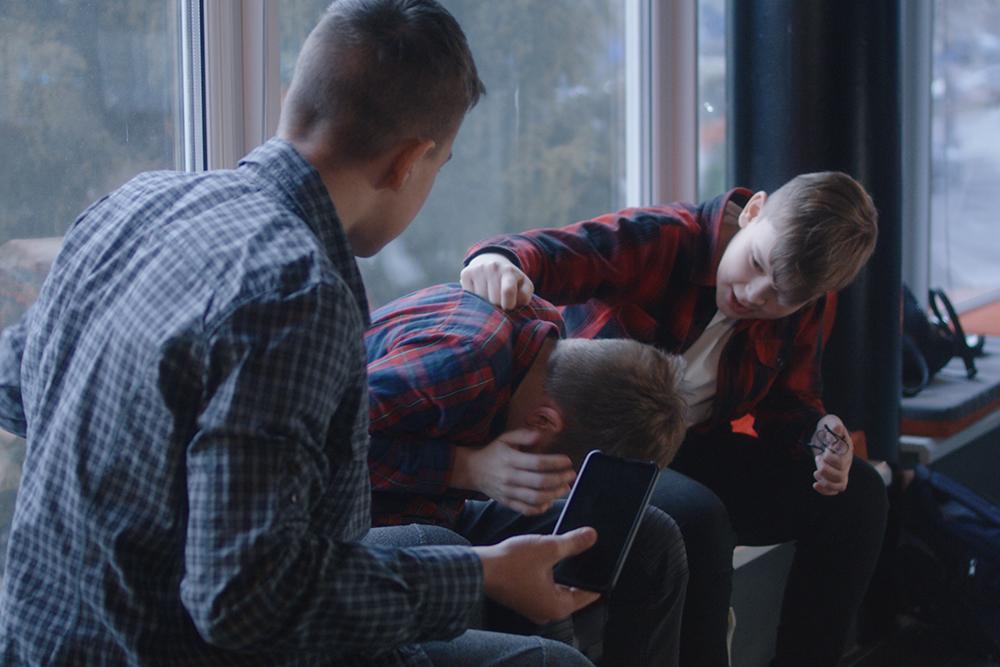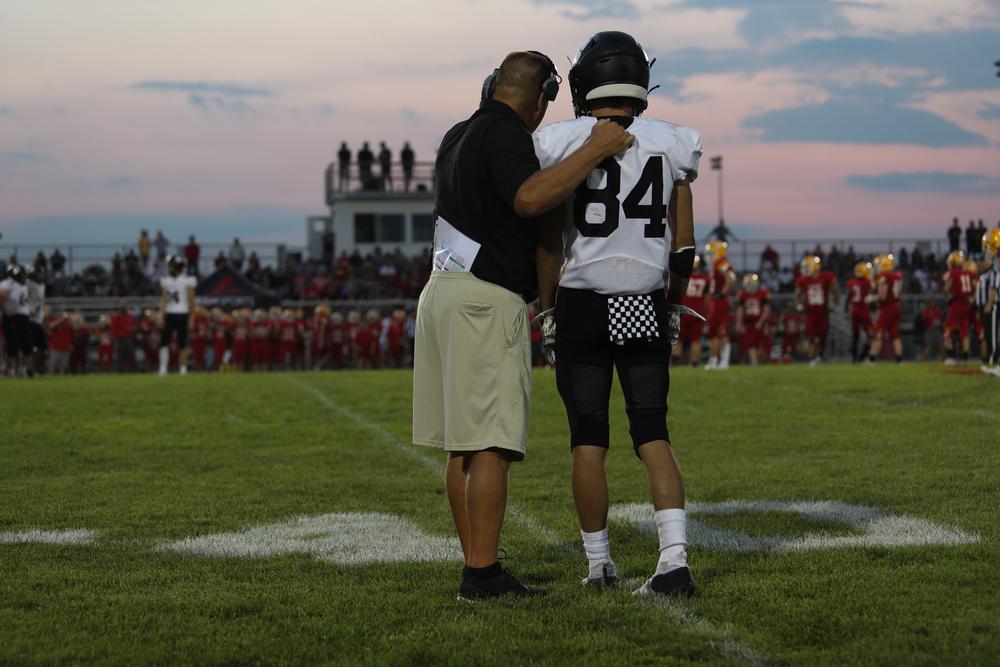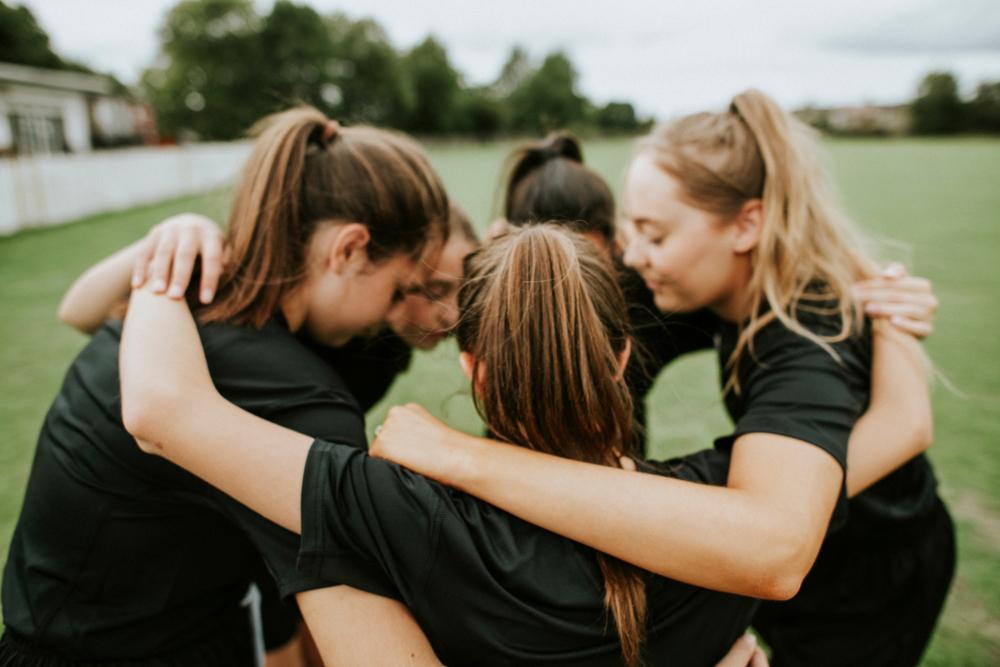Content Warning: This article contains mentions of bullying.
Many of us want to directly intervene when we see an injustice or instance of bullying, but the sad reality is that it’s not always safe to do so. However, that doesn’t mean you should do nothing.
There are many ways you can stand up for someone without jeopardizing your own well-being, and in doing so, become an active bystander. Here, TrueSport Expert Nadia Kyba, MSW, President of Now What Facilitation, explains what it means to be an active bystander and shares several of the ways that you can safely help someone in need.
What is an active bystander?
Being an active bystander means “being aware of when someone’s behavior is inappropriate or threatening and choosing to challenge it,” according to the University of Cambridge. The term ‘active bystander’ was coined to point out that not everyone can directly intervene in the same way in a situation, depending on their own circumstances. “For instance, it’s not always safe for a woman to intervene in a physical discrimination situation,” says Kyba.
Who can be an active bystander?
 Everyone should be an active bystander rather than a passive bystander who does nothing when injustices happen.
Everyone should be an active bystander rather than a passive bystander who does nothing when injustices happen.
According to the Active Bystander program developed at the University of East Anglia, there are six ways to intervene in a situation where you see bullying or an injustice taking place. “The premise for this is that not everyone is equally able to intervene when they see something that’s wrong,” Kyba says. “Because of that, experts have assessed several different and effective ways to intervene, depending on the situation and your evaluation of your personal safety, as well as the safety of the person being bullied.”
Ways to Intervene
Here, we’ll use the example of your teammate in the locker room getting bullied because their food smells a certain way. A few of the other athletes on the team are using that as an opportunity to make cultural and racial jokes about the athlete. What can you do?
1. Nonverbal disapproval
Perhaps the simplest way to intervene in a situation like this is with nonverbal disapproval, says Kyba. Often in a team environment, the athletes who are publicly bullying another student are seeking the approval of their teammates, so the lack of approval may cause them to stop. Kyba says this means being purposeful about not joining in, or even rolling your eyes and starting another conversation with the athlete who’s being teased—anything that indicates your disapproval without directly confronting the bullies.
2. Distract
If you’re more of a peacekeeper or jokester on the team, you may decide to opt for a distraction. This could mean calling everyone over to you to show them a funny video on YouTube, telling a joke loudly, or even just pointing out that you all need to be ready for practice in two minutes. “Your goal is simply to distract the offenders in order to draw attention away from the person they’re teasing,” says Kyba. Often, this will work better in less fraught situations versus more serious instances of bullying.
3. Call it out
This is the most confrontational of the active bystander roles. In this situation, you would simply insert yourself into the conversation between the athlete eating his lunch and the athletes who are making fun of him. “You would tell the athletes to stop bullying him and call out their bad behavior,” says Kyba. Only take this route if you feel safe in the situation.
4. Delegate intervention
Ideally, as the active bystander, you stay present in the situation rather than exiting to get help from a trusted adult, so if there’s another athlete who also is in the locker room, you could ask them to go get the coach. While waiting for an adult to come, you can use one of the other options to distract or disapprove—or at the very least, bear witness to the incident for later reporting.
5. Record
In any of the aforementioned scenarios, record the situation if possible, but be safe and smart. For example, in a locker room, record a voice memo rather than trying to capture video. Keep in mind that obviously recording the incident is going to have the same impact as calling out the bad behavior, so if you’re trying to film the incident and there’s no way to do so without the offenders noticing, be aware that you could be compromising your own safety as well.
After the situation has concluded (in this case, the athletes have all gone back to practice), don’t pass the recording along to anyone other than the harassed athlete unless they explicitly give you permission to do so. If they don’t want the recording shared, you can still verbally tell the coach or another trusted adult what happened.
6. Offer support after the fact
While it’s better to do something in the moment whenever possible, it’s also the role of an active bystander to check on the person being bullied after the situation has concluded, says Kyba. Ask your teammate if they’re okay, and if an adult hasn’t been informed about the incident, offer to help them speak to the coach. Always ask your teammate what support they need from you, and do your best to give support in that form.
___________________________________
Takeaway
When you see a teammate (or anyone) facing an injustice, being discriminated against, or being bullied, there are many ways that you can advocate for them. Depending on your level of comfort in the situation, you can distract the bully, nonverbally communicate your disapproval, directly intervene, go seek help in the form of a coach or other adult, record the situation so that it can be addressed later, or offer your support to the person being bullied after the fact.



